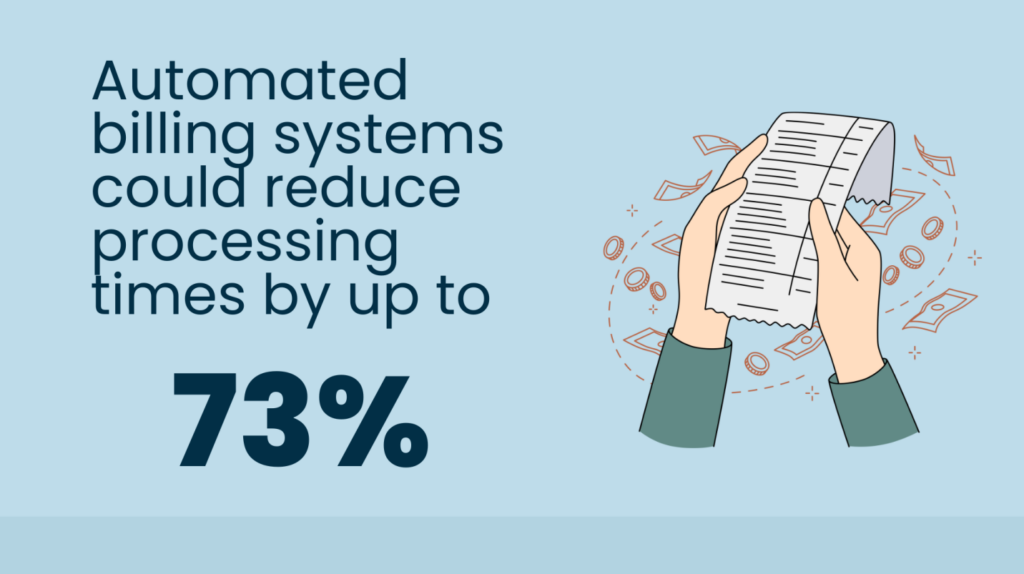The healthcare industry constantly seeks ways to enhance patient care and operational efficiency. DME and HME play pivotal roles in this pursuit. Traditionally, managing and billing for these services has been cumbersome and error-prone. However, with the advent of specialized DME and HME software, there has been a significant shift. This article delves into how these technological advancements are revolutionizing patient care by boosting billing efficiency and elevating service quality.
Background of DME and HME
DME and HME are critical components in providing ongoing medical care to patients in non-hospital settings. These include items like wheelchairs, respiratory machines, and home hospital beds. Historically, the management and billing of these services posed significant challenges due to their complexity and the need for meticulous documentation. Errors in billing and equipment management often led to delayed reimbursements and compromised patient care.
DME and HME Software Overview
DME/HME software systems are designed to streamline the entire process of equipment management and billing. These systems offer functionalities like inventory management, claims processing, and compliance tracking. Over the years, these software solutions have evolved from basic record-keeping tools to sophisticated platforms integrating various aspects of DME/HME services.
Impact on Billing Efficiency
Traditional billing methods in DME and HME were fraught with inefficiencies and inaccuracies. Manual processes led to delays and errors, affecting cash flow and operational efficiency. Modern DME/HME software, however, automates much of the billing process. A study by Software Advice found that automated billing systems could reduce processing times by up to 73%. This automation not only speeds up the billing cycle but also minimizes errors, ensuring quicker reimbursements.
Enhancement of Service Quality
The primary goal of DME/HME software is to improve patient care. By automating routine tasks, these systems allow providers to focus more on patient needs rather than administrative duties. For instance, a report by Grand View Research highlighted that automated inventory tracking ensures timely equipment availability, directly impacting patient satisfaction and care quality.

Integration with Other Healthcare Systems
The integration of DME/HME software with other healthcare systems, such as Electronic Health Records, has been a game-changer. This interoperability facilitates seamless data exchange, leading to more coordinated care and streamlined operations. A survey by HIMSS Analytics revealed that integrated systems could reduce data entry errors by up to 85%, enhancing overall care efficiency.
Future Trends and Innovations
The future of DME/HME software looks promising, with advancements in AI and machine learning poised to bring further improvements. These technologies are expected to enable predictive analytics for equipment maintenance, enhance customization of patient care plans, and further streamline billing processes.
Conclusion
The impact of DME billing software on healthcare cannot be overstated. By revolutionizing billing processes and enhancing service quality, these systems are not just improving operational efficiencies but are also significantly elevating the level of patient care. The healthcare landscape continues to evolve, and embracing these technologies is no longer optional but a necessity for providers aiming to deliver superior patient care.










